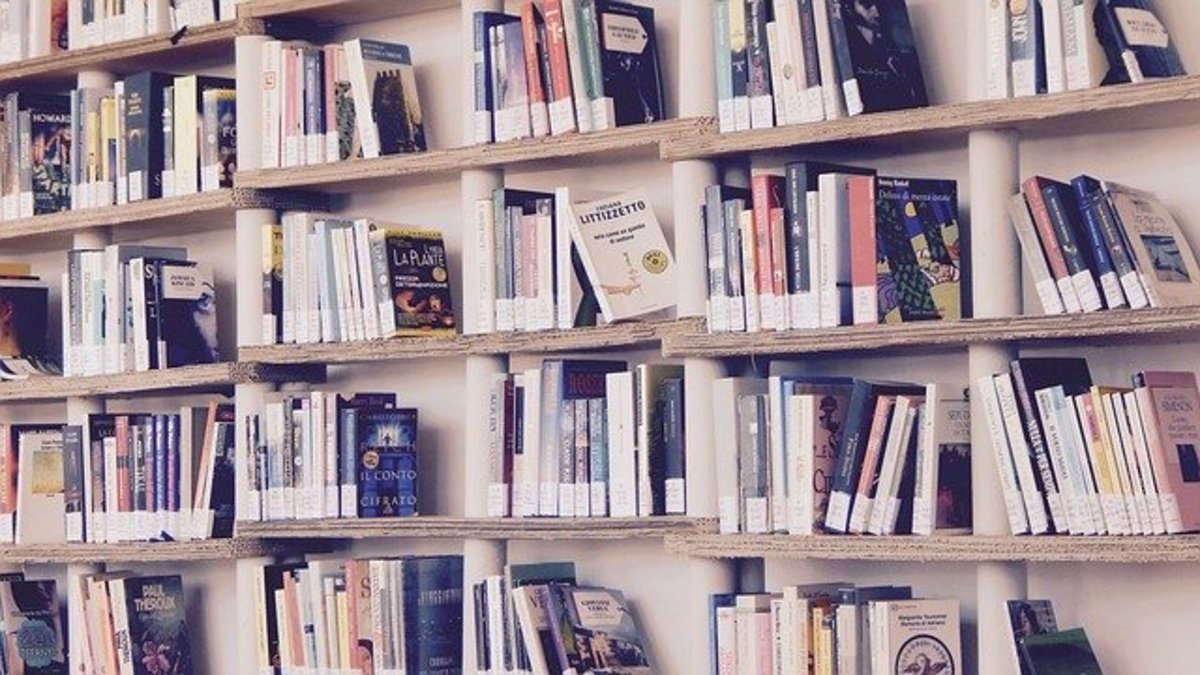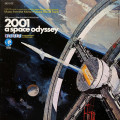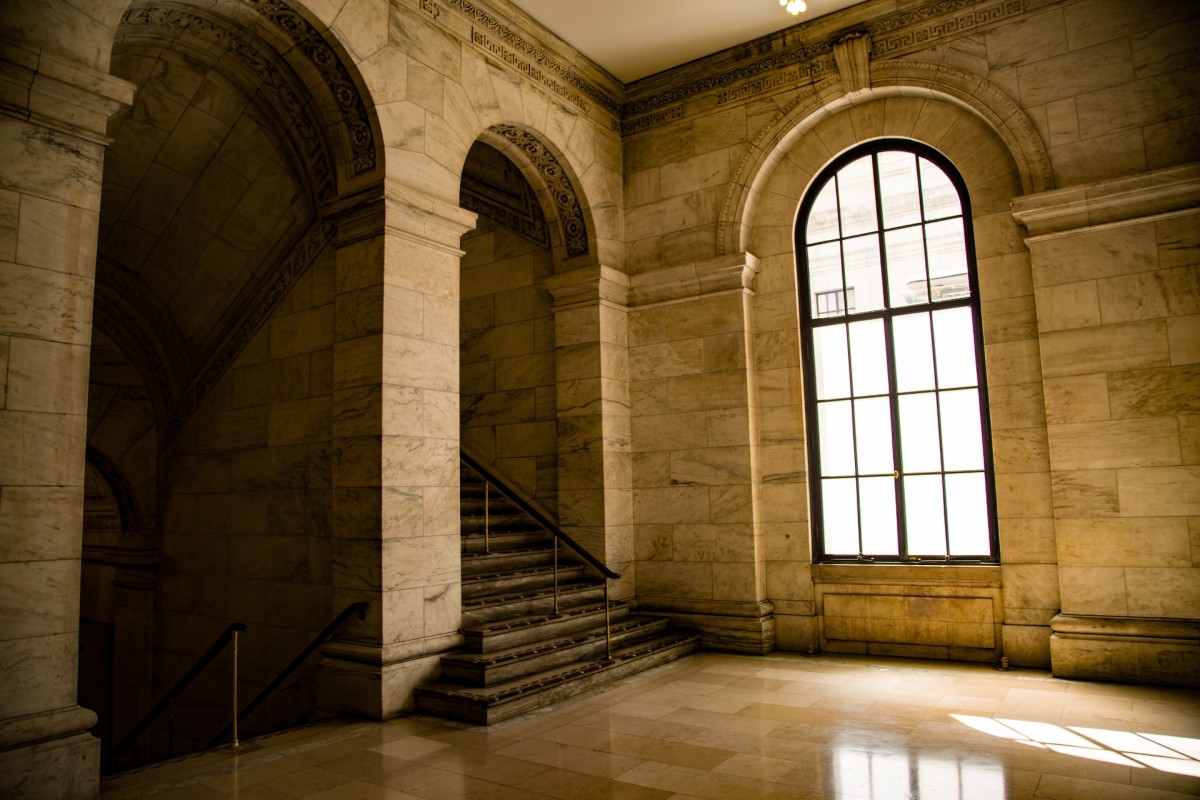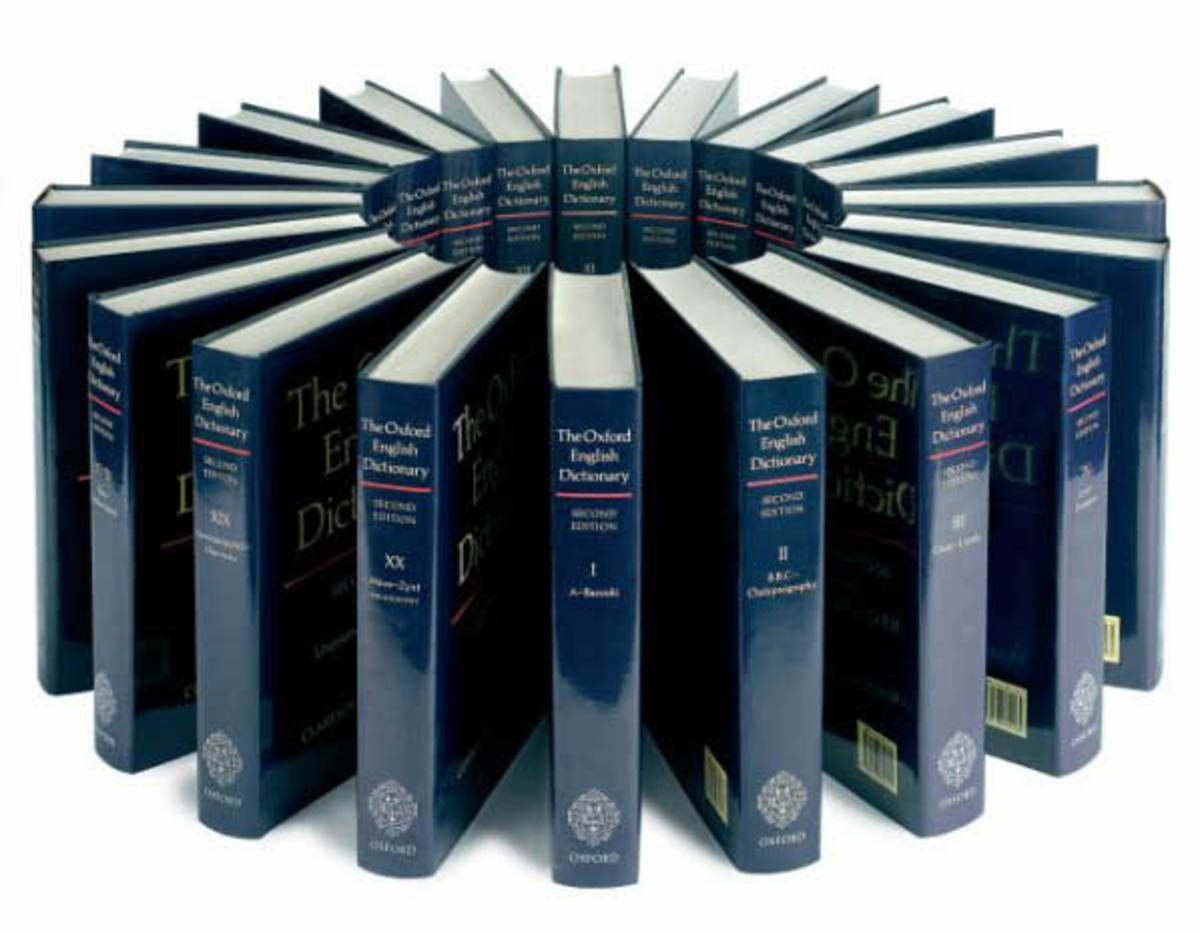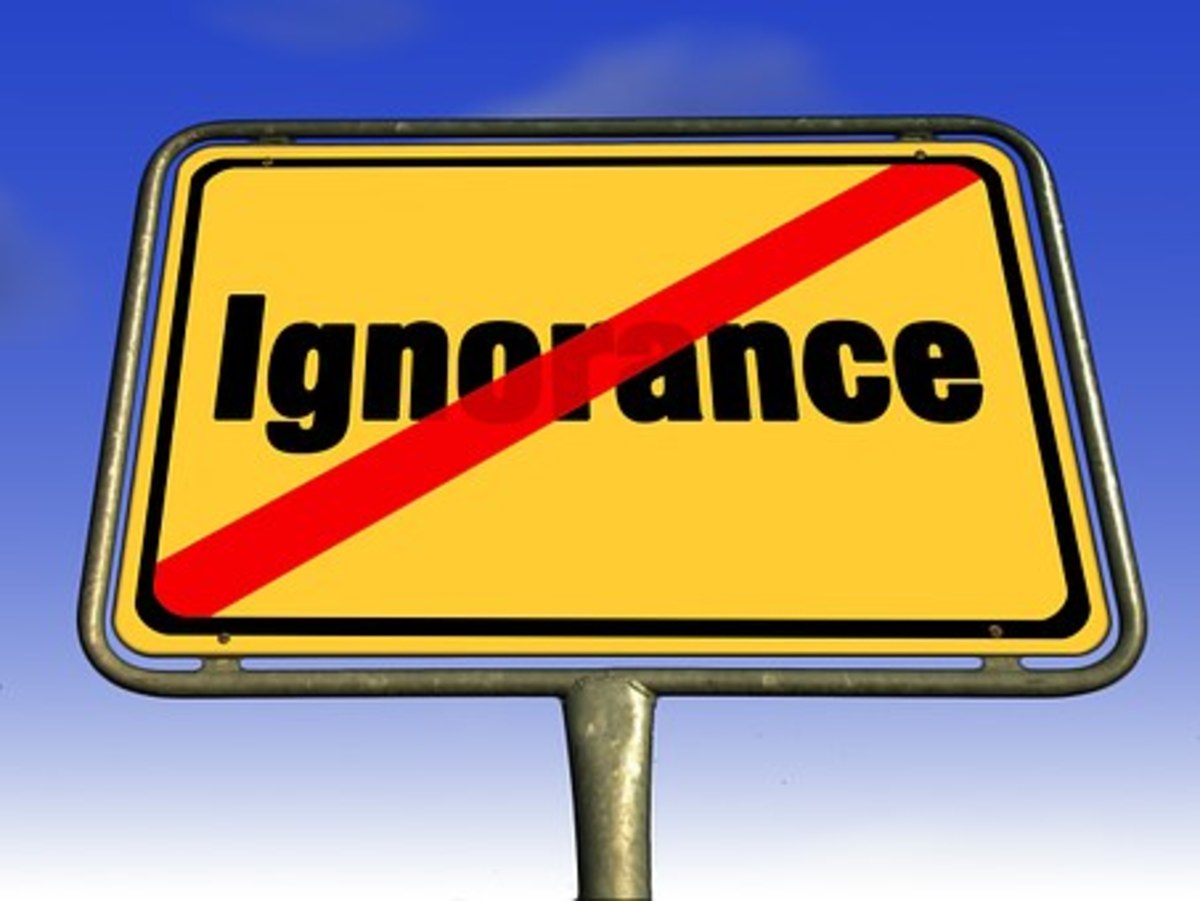World Digital Library
Down through the ages Libraries and museums have existed to preserve and make available in one place the writings and art from our past. One of the major advantages humans have over other creatures on this earth is our ability to record and pass on the knowledge that we have learned.
While lower animals are forced to rely on instinct and knowledge gained from trial and error, they have no way to preserve and pass on that knowledge to future generations. Thus, each new generation is forced to start over from scratch which means that their species can never advance by themselves.
TEXT CONTINUES AFTER PICTURE -
World Digital Library Home Page
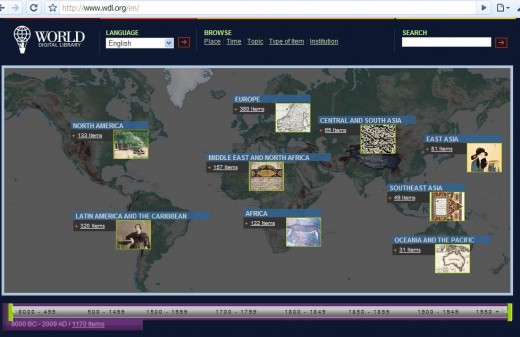
Recording Knowledge to Pass on to Our Descendants
Humans, on the other hand, are able to record and pass on their knowledge so that, instead of each human starting from scratch and having to learn everything from trial and error, they can study the record and absorb the knowledge of those who have gone before them and then expand their knowledge from there.
Language was our first tool and this allowed parents and others to transmit lessons from their memory to children who, in turn had to memorize this knowledge and, hopefully, add to it. Of course the preservation of this knowledge was limited to what people could remember and if the tribe was killed off by disease or other disaster their knowledge vanished with them.
The invention of writing allowed people to record their knowledge on media outside their minds, thus enabling it to survive even after the death of all in the tribe or culture. Of course, people wanting to learn this information had to travel far and wide to the locations where each recording was located. Also, while the material could outlive its human creators it could still be lost or accidentally / deliberately) destroyed. Even those items that survived, suffered a slow decay as age and the elements wore them down.
![Engraving by Paul Revere of the Boston Massacre (Photo courtesy of U.S. Library of Congress, Prints & Photographs Division, reproduction number,[LC-DIG-ppmsca-01657]) Engraving by Paul Revere of the Boston Massacre (Photo courtesy of U.S. Library of Congress, Prints & Photographs Division, reproduction number,[LC-DIG-ppmsca-01657])](https://usercontent1.hubstatic.com/1116390_f520.jpg)
![Portrait of George Washington printed and engraved by C.W. Peale (Photo courtesy of U.S. Library of Congress, Prints & Photographs Division, reproduction number,[LC-DIG-ppmsca-17515]) Portrait of George Washington printed and engraved by C.W. Peale (Photo courtesy of U.S. Library of Congress, Prints & Photographs Division, reproduction number,[LC-DIG-ppmsca-17515])](https://usercontent2.hubstatic.com/1116391.jpg)
![World War I Canadian Poster calling on French Canadians to enlist and fight (Photo courtesy of U.S. Library of Congress, Prints & Photographs Division, WWI Posters,reproduction number,[LC-USZC4-12727 ]) World War I Canadian Poster calling on French Canadians to enlist and fight (Photo courtesy of U.S. Library of Congress, Prints & Photographs Division, WWI Posters,reproduction number,[LC-USZC4-12727 ])](https://usercontent1.hubstatic.com/1116392.jpg)
![British WW I Poster raising funds for YWCA canteens and other assistance for soldiers at the front (Photo courtesy of U.S. Library of Congress, Prints & Photographs Division, WWI Posters,reproduction number,[LC-USZC4-11161]) British WW I Poster raising funds for YWCA canteens and other assistance for soldiers at the front (Photo courtesy of U.S. Library of Congress, Prints & Photographs Division, WWI Posters,reproduction number,[LC-USZC4-11161])](https://usercontent1.hubstatic.com/1116394.jpg)
![Australian World War I Recruiting Poster (Photo courtesy of U.S. Library of Congress, Prints & Photographs Division, WWI Posters,reproduction number,[LC-USZC4-12172]) Australian World War I Recruiting Poster (Photo courtesy of U.S. Library of Congress, Prints & Photographs Division, WWI Posters,reproduction number,[LC-USZC4-12172])](https://usercontent2.hubstatic.com/1116447_f520.jpg)
The Library at Alexandria, Egypt
Beginning in ancient times libraries and museums were created to make knowledge more assessable and to preserve books and other cultural artifacts. Rulers and other wealthy patrons began collecting and sometimes sharing their collections with scholars. One of the most famous libraries in the ancient world was the famous Library of Alexandria in the Egyptian port city of Alexandria.
The Library of Alexandria was sponsored by the Ptolemaic Rulers of Egypt and is thought to trace its roots to the time of the beginning of the rule of the Ptolemaic Dynasty in the third century BCand to have grown and endured until some time between the first and seventh centuries AD. The Library of Alexandria amassed a huge collection of books from all over the Mediterranean world. It also attracted scholars from all over the Mediterranean world and these scholars in residence added to the collection by writing more books. Among the fruits of the labor of these scholars at the Library of Alexandria was the development of the scientific method and other topics in science, math and philosophy that are still taught in schools today.
Great as it was, the library had two major shortcomings. The first being that scholars had to travel to Alexandria to have access to the books. Granted, by assembling such a huge collection in one place, the library saved scholars from having to travel to libraries all over the ancient world to access these books, so it was efficient in one sense. Its other shortcoming was the fact that it and its book collection were physical objects and thus were vulnerable to destructive physical forces especially war and it appears that the library's demise was due to the fact that the library was in the path of invading armies on more than one occasion.
The year 2002 saw the opening of a huge new library on the ground where the original Library of Alexandria once stood. Almost two millennia after the final destruction of the original Library of Alexandria a new library has taken its place.
The United Nations' Word Digital Library is Now Open
Of course, despite great advances in transportation and communication since the time of the original Library of Alexandria, people wishing to avail themselves of the collection at the new Library of Alexandria still have to travel to Alexandria, Egypt from other parts of the world.
Now, seven years after the opening of the new Library of Alexandria, we are witnessing the opening of a new, United Nations sponsored, library and museum, the World Digital Library, the access to which is as close to every person on Earth as the nearest computer with Internet access. Unlike other libraries, this library's entire collection consists of digitized copies of rare books, documents and artwork from all over the world. Not only is the library available to anyone via computer but everyone on earth is free to browse through these rare and fragile books and other materials without fear of ruining them. No matter what the effects of time, weather, war or other disasters befall the original books and other artifacts, the near exact digital copies will remain for current and future generations to view and use.
The current collection is relatively small but contains materials from all parts of the Earth, many of which are falling apart due to age with many being hundreds or even thousands of years old.
Simply browsing through the World Digital Library can be fascinating in itself but it can also be a handy research tool for Hubbers researching new Hubs.
One problem for Hubbers is copyright and reproduction rights. Not only do copyright laws vary from nation to nation, but there is also the problem that even though some of the materials may have been produced centuries before any copyright laws existed, the libraries and museums that own the materials often hold rights that prevent people from freely copying and publishing the copies.
Copying, of course is generally not a problem so long as it is for one's own use but publishing it can be illegal. Also, in addition to rights that libraries and museums may have, the donors and heirs of donors who originally gave the materials to the libraries or museums often have restrictions upon their reproduction. A final complication is that many of the articles lack clear information on the rights pages that accompany them and, instead of stating who, if any person or organization, has rights and whether or not copies can be made and published or who to contact to get permission, they simply state that the item may be subject to copyright and it is up to the user to find this out.
I spent over an hour browsing through the collection before I found the pictures that I have included with this Hub which clearly stated that they were in the public domain and could be reproduced and published freely.
Other than the copyright problem, this is a great site which is not only expected to grow in the future but which, even now, is a great place to visit as well as an excellent educational and research tool.
Additional World War I Posters
![Austrian WW I poster showing little girl contributing coins to war bond effort (Photo courtesy of U.S. Library of Congress, Prints & Photographs Division, WWI Posters,reproduction number,[LC-USZC4-12198]) Austrian WW I poster showing little girl contributing coins to war bond effort (Photo courtesy of U.S. Library of Congress, Prints & Photographs Division, WWI Posters,reproduction number,[LC-USZC4-12198])](https://usercontent2.hubstatic.com/1116469.jpg)
![Canada WW I Poster seeking Bushmen and sawmill hands wanted. Join the 224th Canadian Forestry Battalion (Photo courtesy of U.S. Library of Congress, Prints & Photographs Division, WWI Posters,reproduction number,[LC-USZC4-12676]) Canada WW I Poster seeking Bushmen and sawmill hands wanted. Join the 224th Canadian Forestry Battalion (Photo courtesy of U.S. Library of Congress, Prints & Photographs Division, WWI Posters,reproduction number,[LC-USZC4-12676])](https://usercontent1.hubstatic.com/1116470.jpg)
![U.S. WW I Propaganda poster showing Statute of Liberty in ruins (Photo courtesy of U.S. Library of Congress, Prints & Photographs Division, WWI Posters,reproduction number,[LC-DIG-ppmsca-18334]) U.S. WW I Propaganda poster showing Statute of Liberty in ruins (Photo courtesy of U.S. Library of Congress, Prints & Photographs Division, WWI Posters,reproduction number,[LC-DIG-ppmsca-18334])](https://usercontent2.hubstatic.com/1116471_f520.jpg)
![Austrian World War I poster seeking funds to help soldiers crippled by war (Photo courtesy of U.S. Library of Congress, Prints & Photographs Division, WWI Posters,reproduction number,[LC-USZC4-11953]) Austrian World War I poster seeking funds to help soldiers crippled by war (Photo courtesy of U.S. Library of Congress, Prints & Photographs Division, WWI Posters,reproduction number,[LC-USZC4-11953])](https://usercontent1.hubstatic.com/1116472.jpg)
Late 19th Century Photos from Book "Views of the Austro-Hungarian Empire"
![Town of Jajce in Bosnia which sits next to the Waterfall of the Pliva which falls 100 feet from Lake Jezero into the Vrbas (Photo courtesy of U.S. Library of Congress, Prints & Photographs Division, reproduction number,[ LC-DIG-ppmsc-09306]) Town of Jajce in Bosnia which sits next to the Waterfall of the Pliva which falls 100 feet from Lake Jezero into the Vrbas (Photo courtesy of U.S. Library of Congress, Prints & Photographs Division, reproduction number,[ LC-DIG-ppmsc-09306])](https://usercontent1.hubstatic.com/1116560_f520.jpg)
![Ring Street in Budapest, Hungry - photo taken between 1890-1900 (Photo courtesy of U.S. Library of Congress, Prints & Photographs Division, reproduction number,[LC-DIG-ppmsc-09476]) Ring Street in Budapest, Hungry - photo taken between 1890-1900 (Photo courtesy of U.S. Library of Congress, Prints & Photographs Division, reproduction number,[LC-DIG-ppmsc-09476])](https://usercontent2.hubstatic.com/1116561_f520.jpg)
![Sarajevo, Looking Toward Alifakovak, Bosnia (Photo courtesy of U.S. Library of Congress, Prints & Photographs Division, reproduction number,[LC-DIG-ppmsc-09311]) Sarajevo, Looking Toward Alifakovak, Bosnia (Photo courtesy of U.S. Library of Congress, Prints & Photographs Division, reproduction number,[LC-DIG-ppmsc-09311])](https://usercontent1.hubstatic.com/1116562_f520.jpg)
![Girl in traditional dress in Sarajevo,Bosnia in 1890s (Photo courtesy of U.S. Library of Congress, Prints & Photographs Division, reproduction number,[LC-DIG-ppmsc-09316 ]) Girl in traditional dress in Sarajevo,Bosnia in 1890s (Photo courtesy of U.S. Library of Congress, Prints & Photographs Division, reproduction number,[LC-DIG-ppmsc-09316 ])](https://usercontent2.hubstatic.com/1116563.jpg)
![Street scene in Turkish Quarter of Sarajevo, Bosnia in 1890s (Photo courtesy of U.S. Library of Congress, Prints & Photographs Division, reproduction number,[LC-DIG-ppmsc-09313]) Street scene in Turkish Quarter of Sarajevo, Bosnia in 1890s (Photo courtesy of U.S. Library of Congress, Prints & Photographs Division, reproduction number,[LC-DIG-ppmsc-09313])](https://usercontent1.hubstatic.com/1116564_f520.jpg)
Links to World Digital Library Home Page in Various Languages
- Página Inicial da Biblioteca Digital Mundial - Portuguese Access
The World Digital Library will make available on the Internet, free of charge and in multilingual format, significant primary materials from cultures around the world, including manuscripts, maps, rare books, musical scores, recordings, films, prints - Arabic Language access الصفحة الرئيسية للمكتبة الرقمية العالمية
The World Digital Library will make available on the Internet, free of charge and in multilingual format, significant primary materials from cultures around the world, including manuscripts, maps, rare books, musical scores, recordings, films, prints - 世界数字图书馆主页 - Chinese Language Access
The World Digital Library will make available on the Internet, free of charge and in multilingual format, significant primary materials from cultures around the world, including manuscripts, maps, rare books, musical scores, recordings, films, prints - Mировая цифровая библиотека Главная страница -Russian
The World Digital Library will make available on the Internet, free of charge and in multilingual format, significant primary materials from cultures around the world, including manuscripts, maps, rare books, musical scores, recordings, films, prints - Page d\'accueil de la Bibliothèque numérique mondiale - French Language Access
The World Digital Library will make available on the Internet, free of charge and in multilingual format, significant primary materials from cultures around the world, including manuscripts, maps, rare books, musical scores, recordings, films, prints - Inicio Biblioteca Digital Mundial - Spanish Language Access
The World Digital Library will make available on the Internet, free of charge and in multilingual format, significant primary materials from cultures around the world, including manuscripts, maps, rare books, musical scores, recordings, films, prints - World Digital Library Home - English Language Access
The World Digital Library will make available on the Internet, free of charge and in multilingual format, significant primary materials from cultures around the world, including manuscripts, maps, rare books, musical scores, recordings, films, prints
Note on Photos
While all of the above photos and posters are found in the respective geographic areas they represent, all of the originals reside in the U.S. Library of Congress.
The Library of Congress is a major backer of the World Digital Library and has provided extensive expertise and support to the project. This is understandable given that the Library of Congress has produced a huge digitial library of its own on the web where people can view the millions of books, pamphlets, photos, audio recordings, vidio recordings, historic documents, art, etc. that are in the Library's collection. One no longer needs to travel to Washington, D.C. to view the treasurers in the Library of Congress.
The World Digital Library does contain digitized images of books and art that resides in libraries and museums throughout the world. In additon to the items being displayed, many, but not all, contain video clips of the cureators explaining various aspects and significance of the items being displayed.
I used these particular photos because I was able to link back to the Library of Congress, where the original photos reside, from the World Digital Library site. Once in the Library of Congress site I was able to obtain the copyright information and verify that all of these were in the public domain.
I should point out that much of the material in the Library of Congress is either subject to copyright or its copyright status is unclear. In the case of these photos, the accompanying copyright information clearly stated that they were in the public domain. For many other articles the copyright owners are clearly stated and usually are accompanied by a comment at to who to contact for premission to reproduce them. Unfortunately, the copyright information for many others is vague and essentially tell the viewer to use at their own risk.
Links for Additional Information
- Library of Alexandria - Wikipedia, the free encyclopedia
Wikipedia article on original Library of Alexandria - Digital Collections & Programs (Library of Congress)
U.S.Library Digital Collections Site - What are Your Best Resources to Find Free Images and Photos for Your Hub?
There is no question that illustrating a Hub with photos or other graphics enhances the Hub for the reader and adds to the stickiness of the Hub in terms of luring and retaining readers. While it is easy to... - Bibliotheca Alexandrina - Wikipedia, the free encyclopedia
WikiPedia article on new Library of Alexandria





